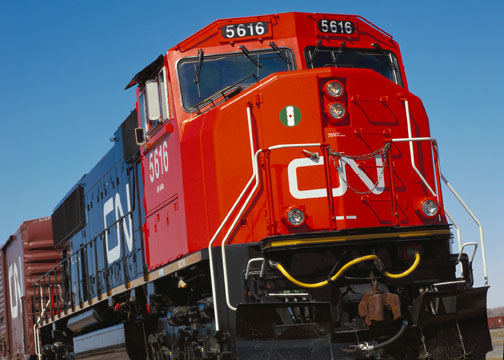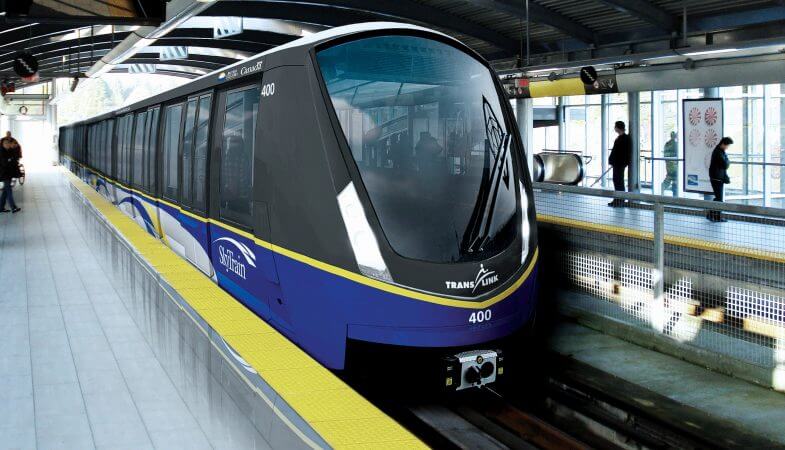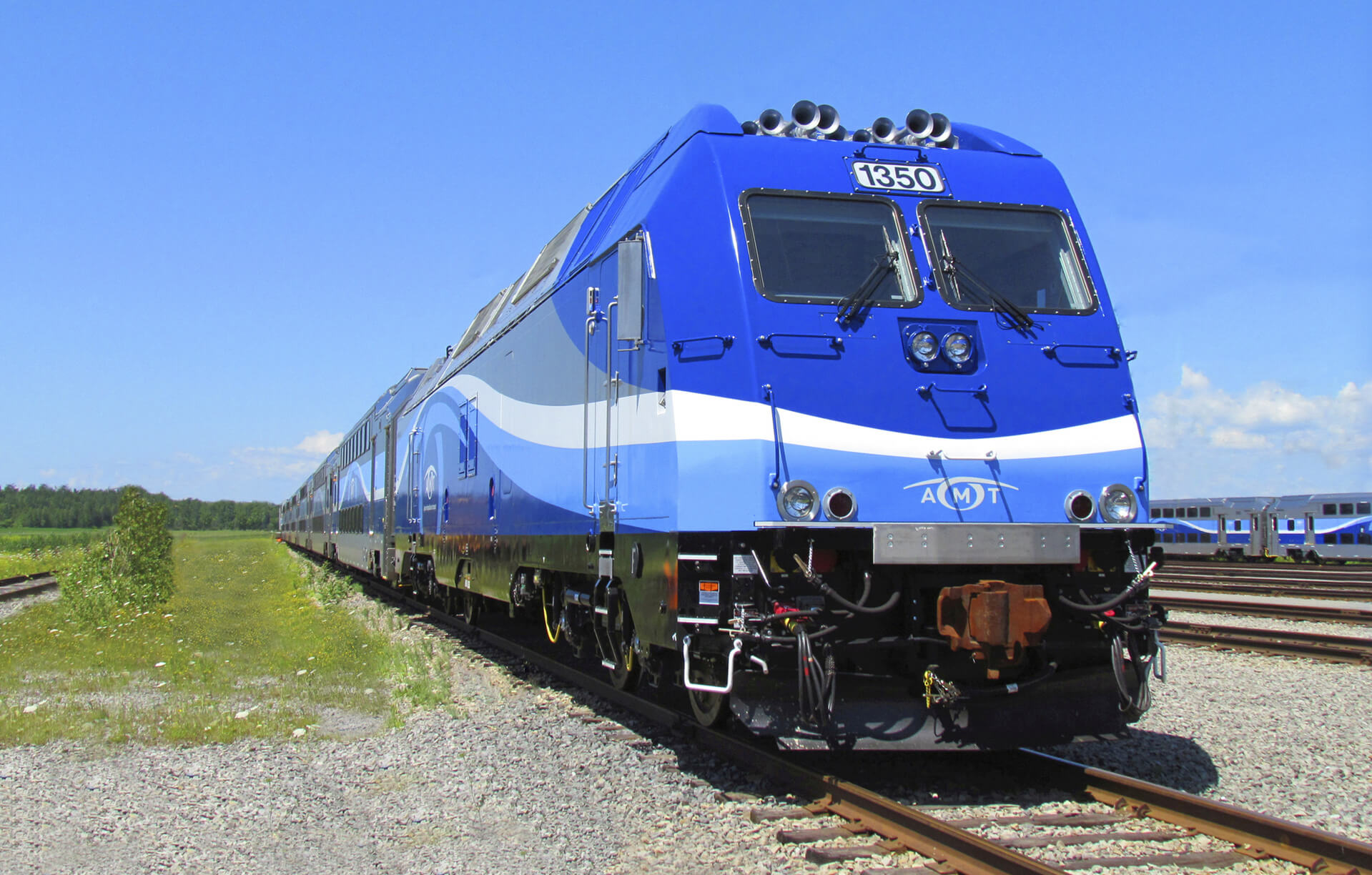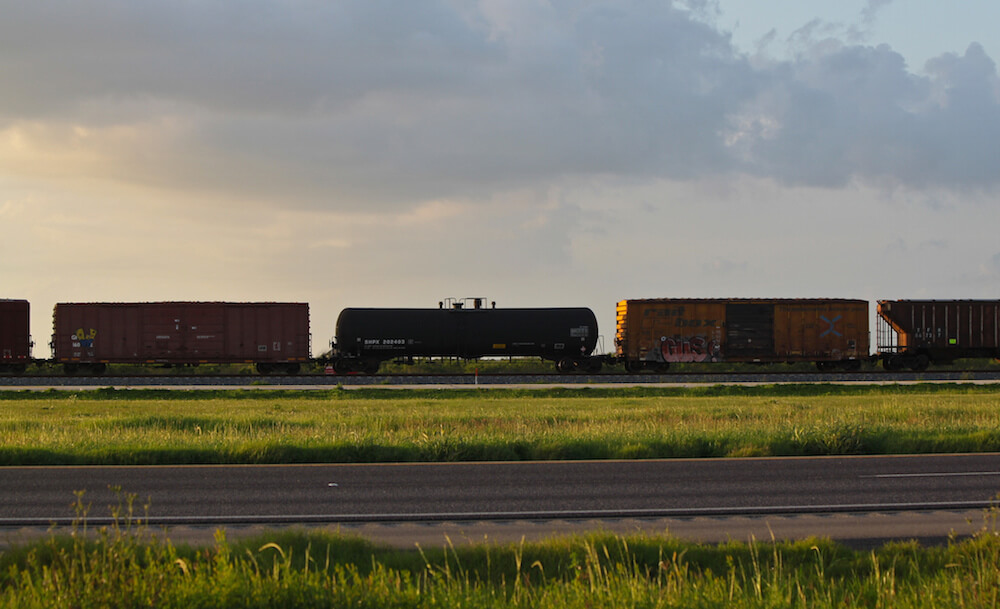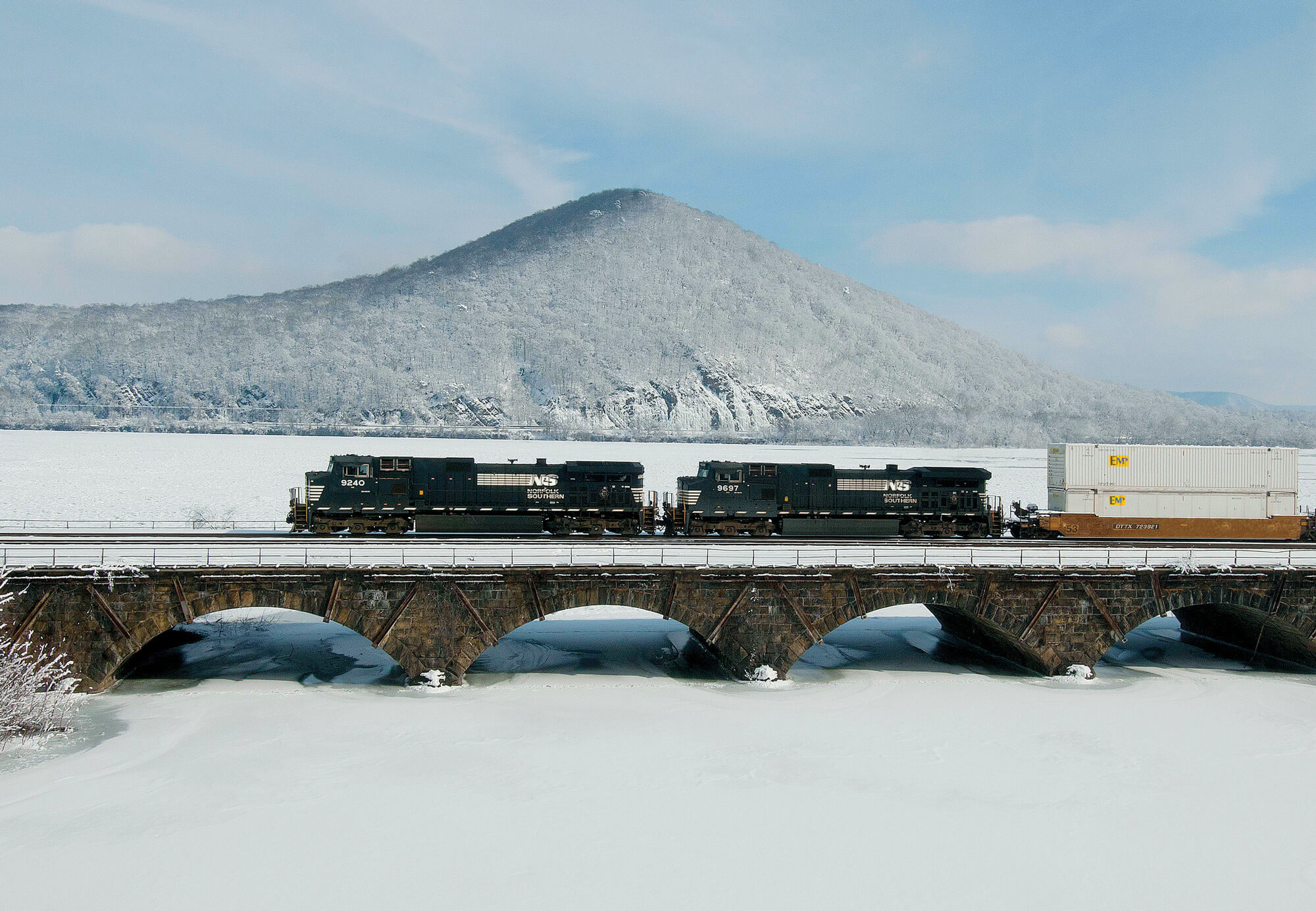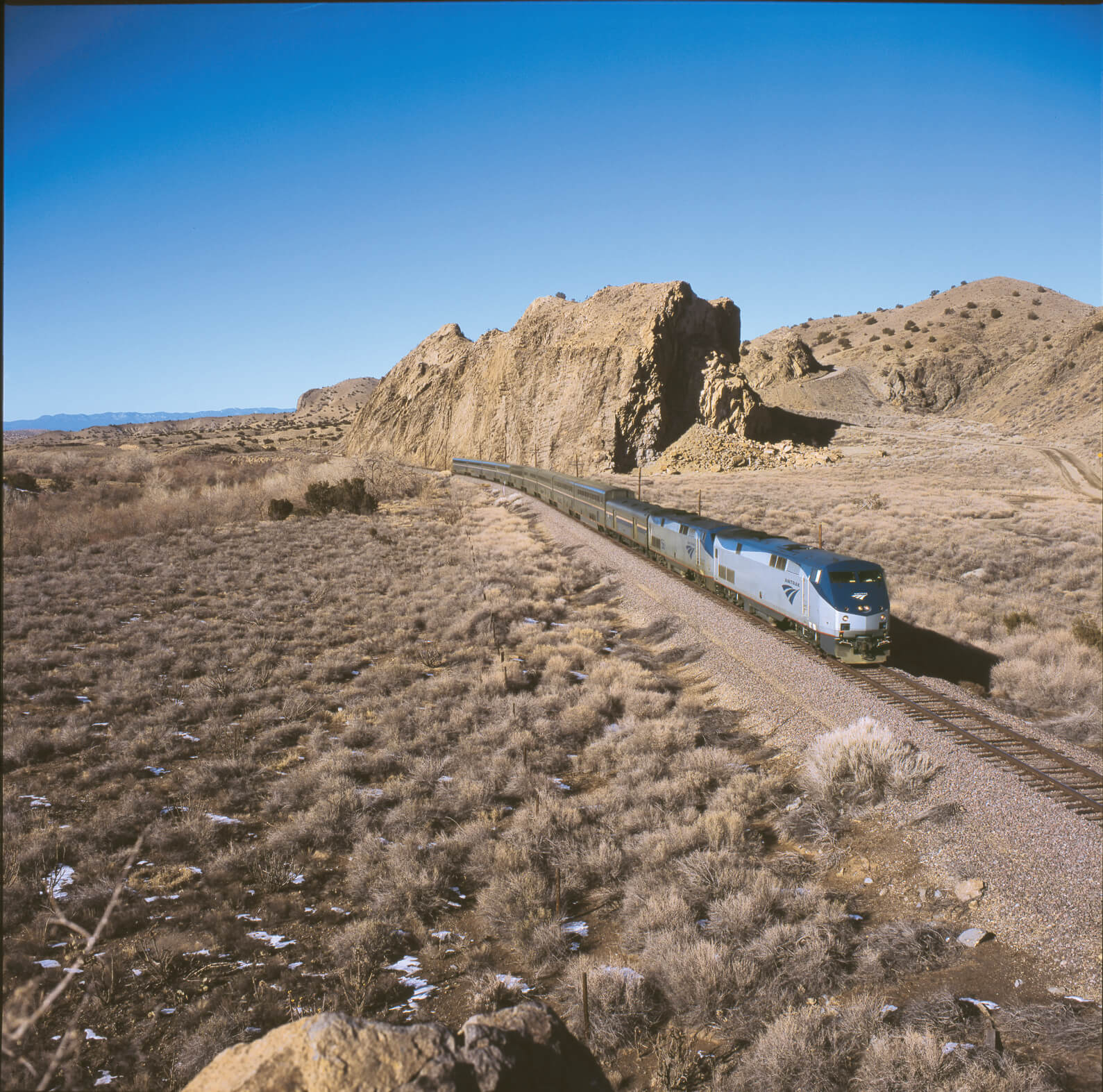The Transportation Safety Board of Canada (TSB) is issuing a recommendation (R17-01) calling for Transport Canada (TC) to develop strategies to reduce the severity of derailments involving dangerous goods. This recommendation was issued as part of its investigation (R15H0013) into the February 2015 derailment and fire involving a Canadian National Railway (CN) crude oil unit freight train near Gogama, Ontario.
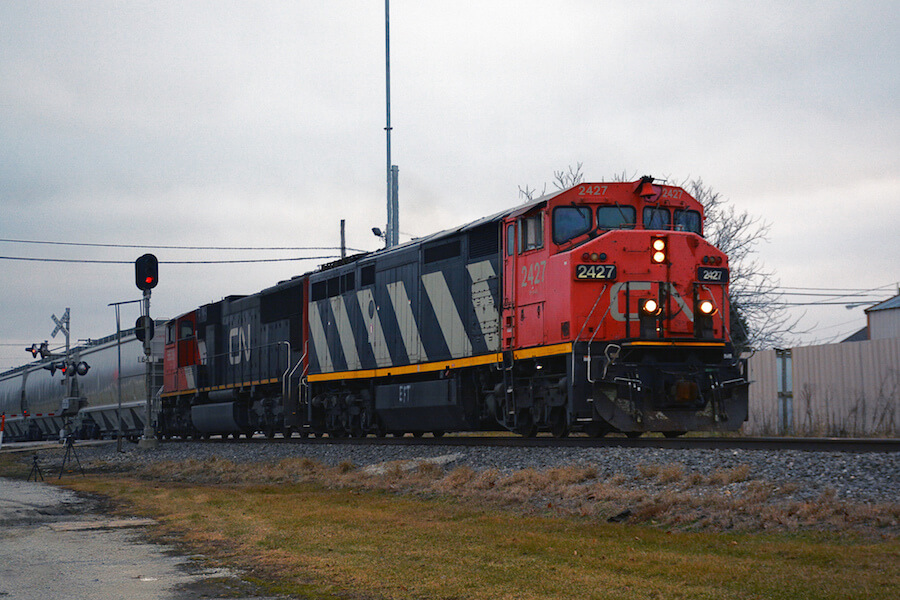
CN Crude Oil Train Derailment in Gogama
On 14 February 2015, a CN unit train transporting 100 tank cars loaded with petroleum products derailed. It was travelling at 38 mph, below the 40 mph speed limit in place at the time. Twenty-nine tank cars of petroleum crude oil derailed and 19 of these breached, releasing 1.7 million litres of product. The crude oil ignited, resulting in fires that burned for 5 days. There were no injuries.
Kathy Fox, Chair of the TSB, said:
“This accident occurred at a speed below the maximum speed permitted by the Transport Canada approved Rules Respecting Key Trains and Key Routes”
“The TSB is concerned that the current speed limits may not be low enough for some trains—particularly unit trains carrying flammable liquids. We are also calling for Transport Canada to look at all of the factors, including speed, which contribute to the severity of derailments, to develop mitigating strategies and to amend the rules accordingly.”
The investigation found that the derailment occurred when joint bars in the track failed. Pre-existing fatigue cracks in the joint bars at this location had gone unnoticed in previous inspections. Once the fatigue cracks reached a critical size, the combination of the cold temperatures (-31 °C) and repetitive impacts from train wheels passing over the joint caused the joint bars to fail. These defects went undetected as the training, on-the-job mentoring, and supervisory support that an assistant track supervisor received was insufficient.
The cars in this train were Class 111 tank cars built to the newer CPC-1232 standard. Although this standard requires the cars to have additional protective equipment, the TSB determined that the speed of the train had a direct impact on the severity of the tank-car damage. Additionally, the lack of thermal protection contributed to thermal tears in those cars located in the pool fire, which led to additional product release. Consequently, the cars displayed similar performance issues as in the Lac-Mégantic derailment.
Chair Fox added:
“The Transportation of flammable liquids by rail has been on the TSB Watchlist since 2014”
“While stronger tank cars are being built, the current ones will be in service for years to come. The risks will also remain until all of the factors leading to derailments and contributing to their severity are mitigated. This is the focus of the recommendation we issued today.”
Please click here for the original article © TSB.




















